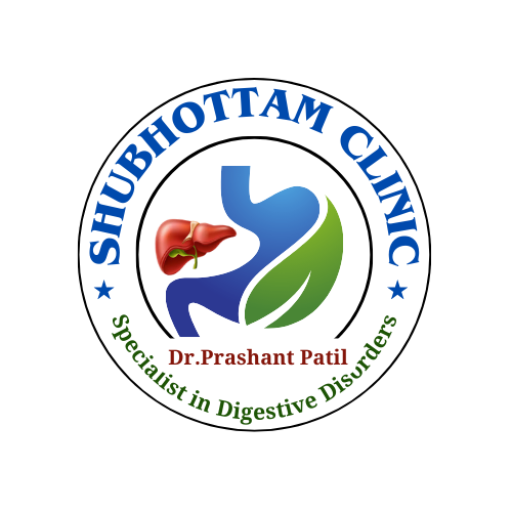Varicose Veins
Varicose veins are swollen, twisted veins that are visible just under the surface of the skin, most commonly in the legs. They occur when the valves in the veins that help regulate blood flow become weak or damaged, causing blood to pool in the veins and the veins to enlarge.
Causes:
- Weak or Damaged Valves: Veins have one-way valves that prevent blood from flowing backward. If these valves fail, blood can flow backward and pool in the vein, causing it to stretch and become varicose.
- Age: The risk of varicose veins increases with age as the veins lose elasticity and valves weaken.
- Pregnancy: Increased blood volume and pressure on the veins in the pelvis during pregnancy can lead to varicose veins.
- Genetics: A family history of varicose veins can increase the likelihood of developing them.
- Obesity: Excess weight puts additional pressure on the veins.
- Prolonged Standing or Sitting: Occupations or activities that involve long periods of standing or sitting can impede blood flow.
Symptoms:
- Visible, Swollen Veins: Blue or dark purple veins that are twisted and bulging, often appearing like cords on the legs.
- Aching or Heavy Feeling: Legs may feel heavy, especially after prolonged standing or sitting.
- Swelling: In the lower legs and ankles.
- Pain or Cramping: Particularly in the lower legs.
- Itching: Around one or more veins.
- Skin Changes: Skin around the varicose veins may become discolored or inflamed.
Diagnosis:
- Physical Examination: Visual inspection and palpation of the veins by a healthcare provider.
- Ultrasound: A duplex ultrasound can help determine how well the valves in the veins are functioning and check for blood clots.
Treatment:
Lifestyle Changes:
- Exercise: Improves blood circulation in the legs.
- Weight Management: Reduces pressure on the veins.
- Elevation: Elevating the legs when resting can reduce swelling.
- Avoid Prolonged Standing/Sitting: Regular movement helps blood flow.
Compression Stockings:
- Specially designed stockings that compress the legs, helping veins and leg muscles move blood more efficiently.
Medical Procedures:
- Sclerotherapy: Injection of a solution into the vein that scars and closes the vein.
- Laser Treatments: Use of light energy to close off smaller varicose veins.
- Catheter-Assisted Procedures: Use of radiofrequency or laser energy to heat and close off larger veins.
- Vein Stripping: Surgical removal of a long vein through small incisions.
- Ambulatory Phlebectomy: Removal of smaller varicose veins through a series of tiny skin punctures.
- Endoscopic Vein Surgery: Use of a small camera and surgical tools to close veins.
Prevention:
- Exercise Regularly: Promotes better circulation.
- Maintain a Healthy Weight: Reduces pressure on the veins.
- Elevate Your Legs: Helps reduce pressure and improve circulation.
- Avoid Tight Clothing: That can restrict blood flow.
- Avoid Long Periods of Standing or Sitting: Take breaks to move around.
- Wear Compression Stockings: If you are at risk or start to develop symptoms.
Complications:
- Ulcers: Painful sores on the skin near varicose veins, especially near the ankles.
- Blood Clots: Superficial thrombophlebitis, where a blood clot forms in a vein just under the skin.
- Bleeding: Veins close to the skin may burst and cause minor bleeding.
Varicose veins are a common condition that can cause discomfort and cosmetic concerns. While they can often be managed with lifestyle changes and medical treatments, severe cases may require more intensive interventions. If you experience symptoms or complications, it is important to seek medical advice for appropriate treatment.
